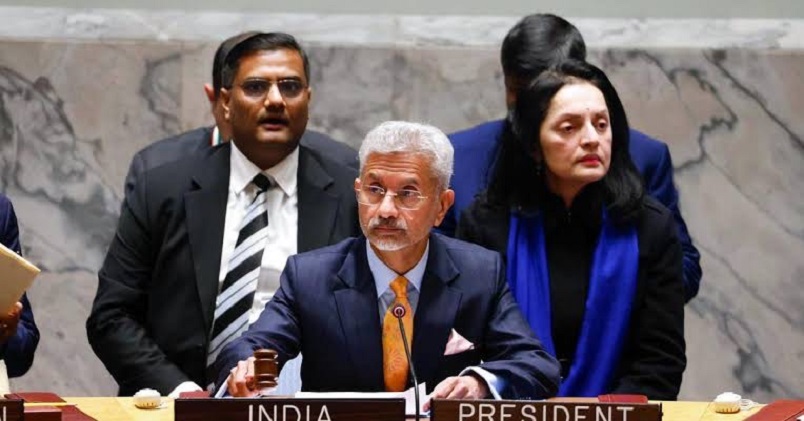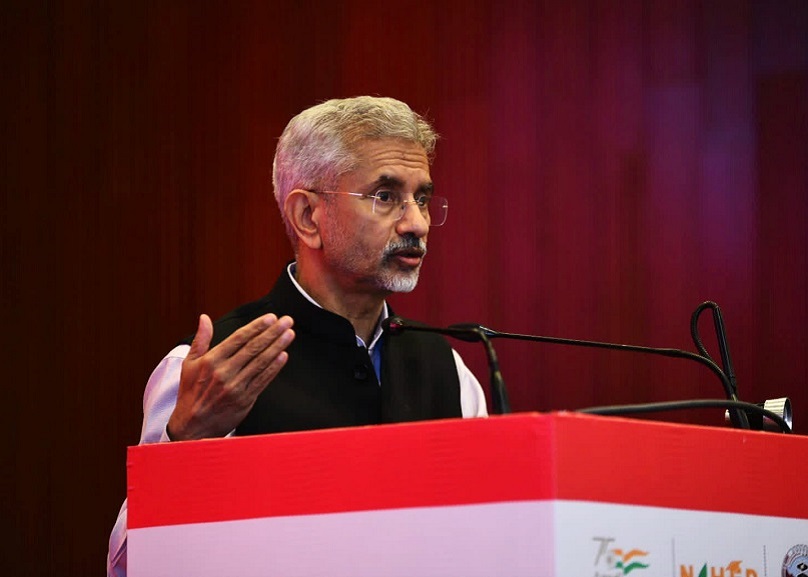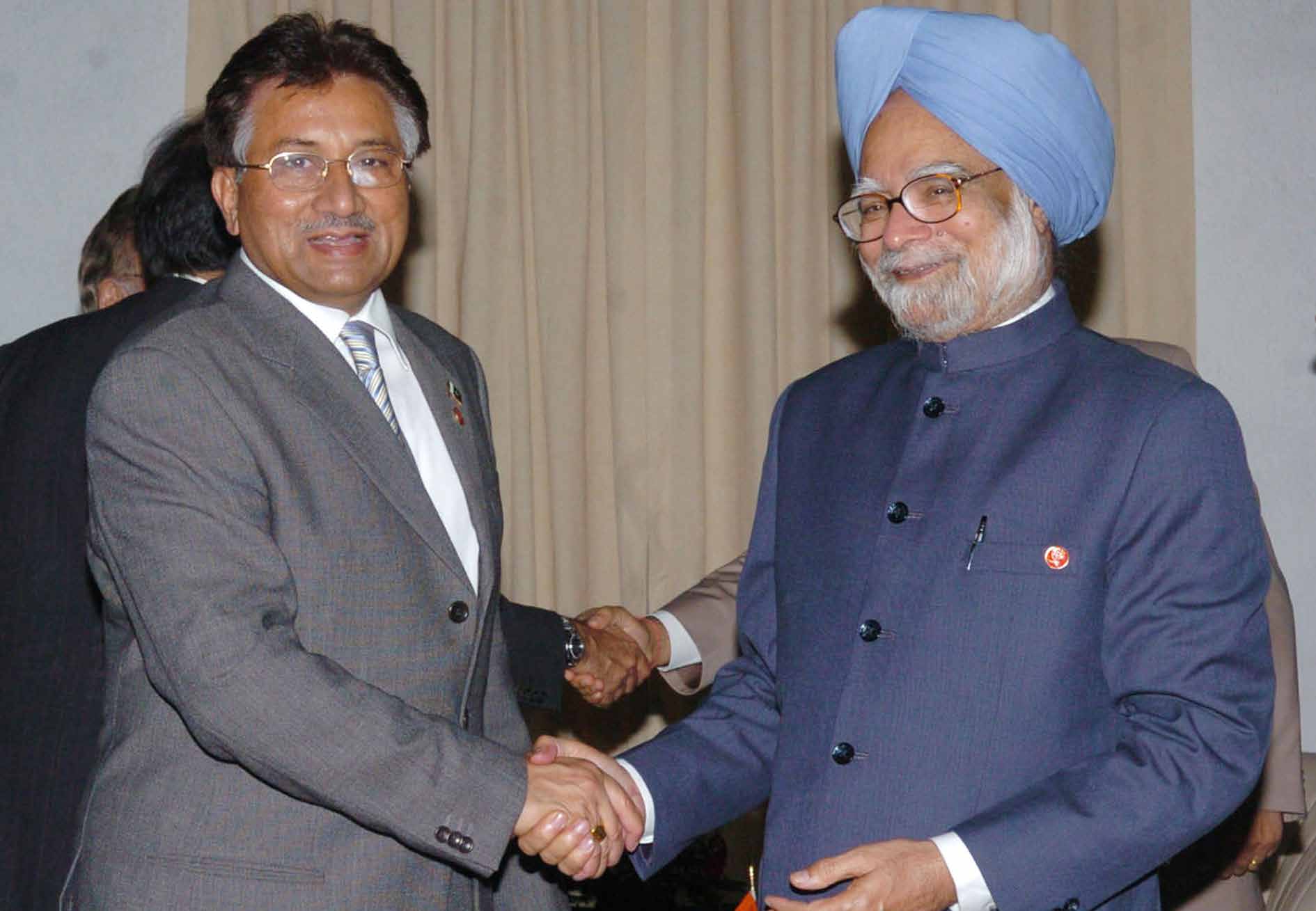
By Asad Mirza
In its latest outreach exercise, India’s External Affairs Minister S Jaishankar travelled to S Korea and Japan from March 5 to 8. S Jaishankar travelled to South Korea, first, from March 5-6 where he co-chaired the 10th India-Republic of Korea Joint Commission Meeting (JCM) with his counterpart Cho Tae-yul.
At the JCM, S Jaishankar expressed India’s desire to expand its strategic partnership with South Korea into new areas such as critical and emerging technologies, semiconductors, and green hydrogen.
The JCM covered a wide range of topics, including cooperation in defence, science and technology, trade, people-to-people exchange, and cultural cooperation. The two sides also discussed advancing trilateral cooperation and exchanged views on developments in the Indo-Pacific region, as well as regional and global issues of mutual interest.
Stressing expanding cooperation between India and South Korea to new sectors, Mr Jaishankar said that though we have to keep up the momentum in the traditional areas of cooperation, we would be very much interested now in expanding it to new areas to make our ties more contemporary. This statement summarised the new vision, which India has for increasing its bilateral ties with South Korea
India-S Korea Bilateral Trade
The EAM further called for a quick conclusion to the review of India’s trade agreement with South Korea, adding that the two countries must work together to find more ‘meeting points’ and increase their engagement to realise their potential.
Pointing to the long-pending review of CEPA (Comprehensive Economic Partnership Agreement) between India and South Korea, the EAM urged for its up gradation to embrace new and emerging sectors, for which he urged to identify more intersections and meeting points that work for both.
The Comprehensive Economic Partnership Agreement, or CEPA, between India and South Korea came into force in 2010. However, India has said the pact should be more balanced and equitable. Reports say India wants greater access to the South Korean market for certain goods such as steel, rice, and shrimp while Korea is said to want greater access to India in sectors such as auto components and chemicals. India’s bilateral trade with South Korea grew 9 percent in 2022-23 to $27.88 billion, with India having a significant trade deficit.
Expanding Comprehensive Cooperation
There were fruitful discussions between the two sides on comprehensive cooperation in the fields of defence, science and technology and trade. It is believed that this bonhomie between India and South Korea will cause great tension to N Korea’s Kim Jong Un.
In his address at the Korea National Diplomatic Academy Jaishankar also said that trade apart, India and South Korea must recognise the strengths they both brought to the table.
Responding to a question related to India’s production-linked incentive scheme for semiconductor manufacturing, Jaishankar said it is part of increasing domestic capabilities. While this is in India’s interests, Jaishankar said it is also part of de-risking the world economy.
He said that both countries have seen increasing similarity of views on international forums. He said, “It is important to focus on the Indo-Pacific region.” The reference here was obviously to India’s increasing role in Quad.
Jaishankar, in this regard, highlighted the Fusion Centre, hosted by India and built as a result of a number of White Shipping agreements with different partners with a common operative picture across the entire Indian Ocean.
Cultural Ties
During his visit to Seoul, Indian External Affairs minister also met with Gimhae City Mayor Hong Tae-yong and discussed greater cultural and educational cooperation with Gimhae City. He highlighted the Gimhae-Ayodhya connect as a testament to the shared cultural heritage and longstanding people-to-people relations between the two nations, referring to the legendary story of Queen Heo Hwang-ok (Princess Suriratna) from Ayodhya who married King Kim Suro in Korea some 2,000 years ago.
Overall, given the areas highlighted by the EAM during his visit, it seems that India is trying to revive the previous effort to set up an India-Japan-South Korea trilateral. However, in the current scenario around IOR countries, this trilateral forum, apart from boosting ties between the three nations, will also aim to synergise with the Quad’s focus areas in the region, ostensibly defence will be paramount in this effort.
India-Japan Bilateral Ties
On the second leg of his East Asian tour, EAM Jaishankar travelled to Japan. Besides focussing on the bilateral ties, the visit was also aimed at further enhancing Indo-Jap cooperation in emerging fields like green technology, and digital transformation and also review the security dialogue between the two countries, besides discussing measures to counter the common adversary i.e. China.
On March 7, addressing the first Raisina Roundtable in Tokyo, S Jaishankar, citing the turbulence in India’s relationship with China amid the continuing border standoff, said that it is a cause of concern if a country doesn’t observe written agreements with its neighbours and also raises a question on the said country’s intentions.
EAM also said that when big power shifts take place in the Indo-Pacific region, there are accompanying and strategic consequences, although countries intend to keep relationships stable despite changing dynamics but that has not been the case with China.
Indo-Japan Defence Ties
Promoting India’s recent accomplishments and advances in various fields, Jaishankar said that India is increasingly turning to like-minded partners who gather together for a particular purpose.
The minister also called for Japanese cooperation concerning the development assistance in the Global South. He added that as a leading voice of the Global South, and being “particularly conscious of this responsibility”, India’s development efforts today span 78 nations across different continents.
Japan’s Foreign Minister Yoshimasa Hayashi said there was “an increasing need” for India and Japan to step-up security cooperation as the two countries held talks to further strengthen military ties amid growing tension from China and Russia in the region. She also said they agreed to look for possibilities to extend their cooperation to new areas of space and cyber security.
Defence Ties
The meetings between the Japanese Foreign Minister Yoshimasa Hayashi and Defence Minister Yasukazu Hamada with their Indian counterparts, S Jaishankar and Rajnath Singh, in Tokyo, comes at a sensitive time as Russia holds a major multinational military exercise in its far east, with China and India part
Stating that the world is now more volatile, uncertain, unpredictable, and open-ended, Jaishankar said that it is a “prospect that India and Japan have to confront, both from the national perspectives as well as from the point of view of their own relationship”.
Hamada, who held defence talks with Indian MoD Rajnath Singh on March 7, said that bilateral and multinational joint exercises and other defence cooperation have expanded in recent years and will be raised to ‘new highs’. He said their first joint fighter jet training is being planned.
Japan hopes to expand military equipment transfers to back up its feeble defence industry as the country tries to bolster its military capability and spending as deterrence against growing threats from China, Russia and North Korea.
QUAD’s Direction
Japan and India, both members of the Quad grouping that also includes the United States and Australia, have rapidly intensified bilateral ties amid shared concern about China’s increasingly assertive economic and military activities in the region.
Japan also wants to reaffirm India’s support in promoting a “free and open Indo-Pacific vision” that Japan promotes with the United States as part of the Quad framework that also includes Australia as a counter to China’s assertiveness in the region, Japanese foreign ministry officials said.
External Affairs Minister S Jaishankar on March 8, speaking at Nikkei Forum on the India-Japan Special Strategic Partnership, said that solutions for India and Japan nationally, as well as regionally and globally, lie there. He further emphasised that India-Japan ties will both draw strength from larger activities together, especially from the Quad.
The two ministers welcomed expanding joint military exercises. Jaishankar said their countries would work together to enhance economic security and supply chain resilience, and discussed cooperation in areas such as semiconductor, green technology, and digital transformation.
India’s East Asian outreach comes at a time when the Indo-Pacific region is facing increasing Chinese belligerence in the region. India wants to hedge its bets with two leading players in East Asia, i.e. S Korea and Japan through defence ties but paramount to it is ensuring access to the semiconductor industry and other key strategic areas, all of which were highlighted by the EAM in both the countries. Further with Japan, India needs to be seen as an equal partner in Quad, to gain the American confidence, as so far it has not been able to achieve the goals, for which it had joined the Quad.
Views expressed in the article are the author’s own and do not necessarily represent the editorial stance of Kashmir Observer
Asad Mirza is a Delhi-based senior political and international affairs commentator
Follow this link to join our WhatsApp group: Join Now
Be Part of Quality Journalism |
Quality journalism takes a lot of time, money and hard work to produce and despite all the hardships we still do it. Our reporters and editors are working overtime in Kashmir and beyond to cover what you care about, break big stories, and expose injustices that can change lives. Today more people are reading Kashmir Observer than ever, but only a handful are paying while advertising revenues are falling fast. |
| ACT NOW |
| MONTHLY | Rs 100 | |
| YEARLY | Rs 1000 | |
| LIFETIME | Rs 10000 | |










